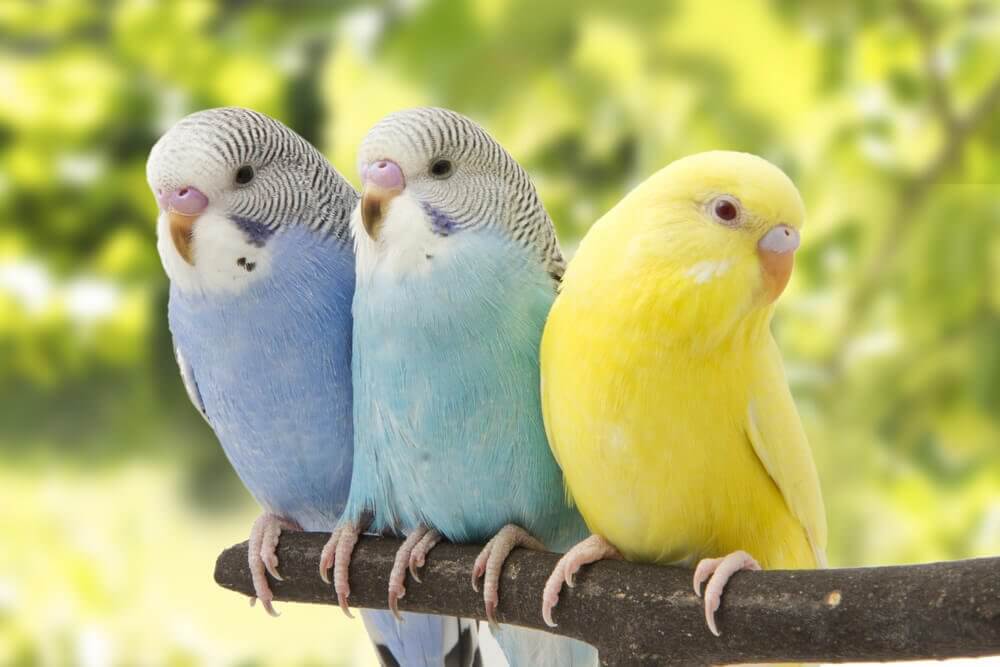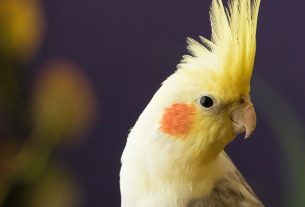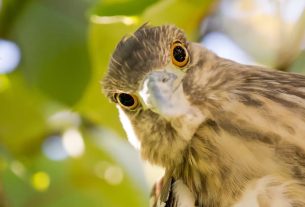It is possible to see several animals in Brazilian homes and one of the favorites are the parakeets. Small, happy and affectionate, they are great companions!
These birds are extremely docile and do not require large expenditures. On average, parakeets can measure up to 18 cm and live between 15 and 20 years. For the most part, all types of parrots They have four toes on their paws, with two little toes facing forward and two little toes facing back. And, most birds have three forward-facing and one rear-facing.
Known for their beauty and intelligence, animals are easy to train and love to play. However, they need attention and care to make them feel good. To help you, we’ve put together some tips for how to care for birds.
Budgerigars are small and great companions
O budgerigar it is the most popular among birds. The little one is an excellent breeder and is among the seven species of birds considered domestic by the Ibama and by Ministry of Agriculture.
He is a great companion for other animals and humans, including when interacting with children. To make them happy, just provide a spacious cage, healthy food and toys to keep them entertained.
Affectionate, parakeets love company
Parakeets are extremely sociable, they get along very well with humans and other animals, especially with other birds!
Birds are monogamous, they have a single partner throughout their lives! Furthermore, when their partner dies, the birds go through mourning with great sadness!
When thinking about adopting a bird, you should consider a companion for the animal, as birds do not like and are not used to solitude in nature! Companion will make your pet much happier!
Parakeet cage: a safe and comfortable home
A cage for parakeet needs to be safe and interactive! When choosing, prioritize the parakeet’s comfort. It is recommended that the cage has 50 centimeters wide, the animal needs an environment with good width and height. Oh, if you have more than one bird, don’t forget to choose a larger, more comfortable cage.
It’s important to think that in addition to their home, animals need different items to feel happy! Explore cage accessories! Prioritize bird toys, perches and feeders so that animals have lots of fun in their habitat!
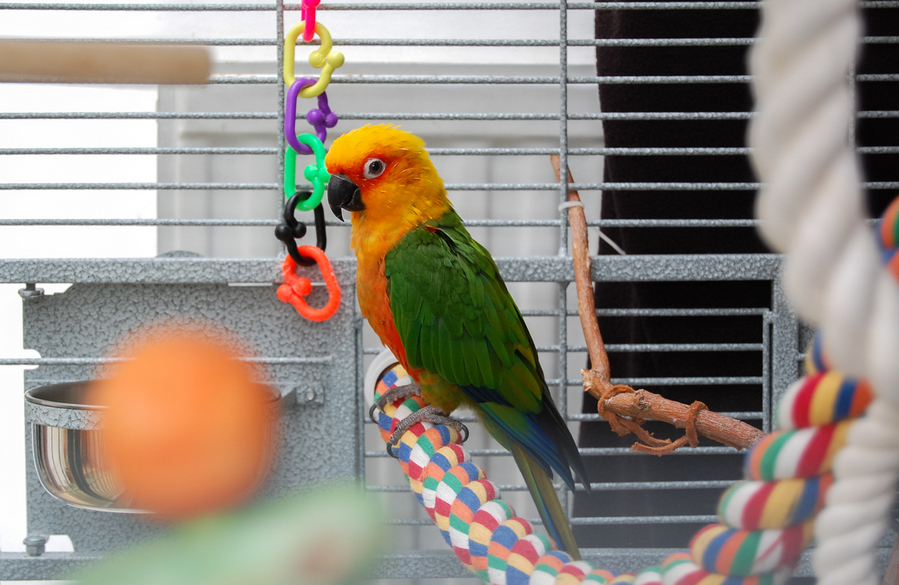
The parakeet’s diet is very important
Food is very important for little ones! Birds are sensitive animals and need a lot of nutrients. The parakeet is a herbivorous animal, that is, it does not consume meat and only feeds on vegetables.
The parakeet’s diet should be based on a balanced diet, made with grains, seeds, fresh fruits and vegetables.
The pillar of parakeet feeding It should include bird feed, vegetable fruits and seeds. Avoid feeding the animal processed foods, such as snacks, drinks and other items.
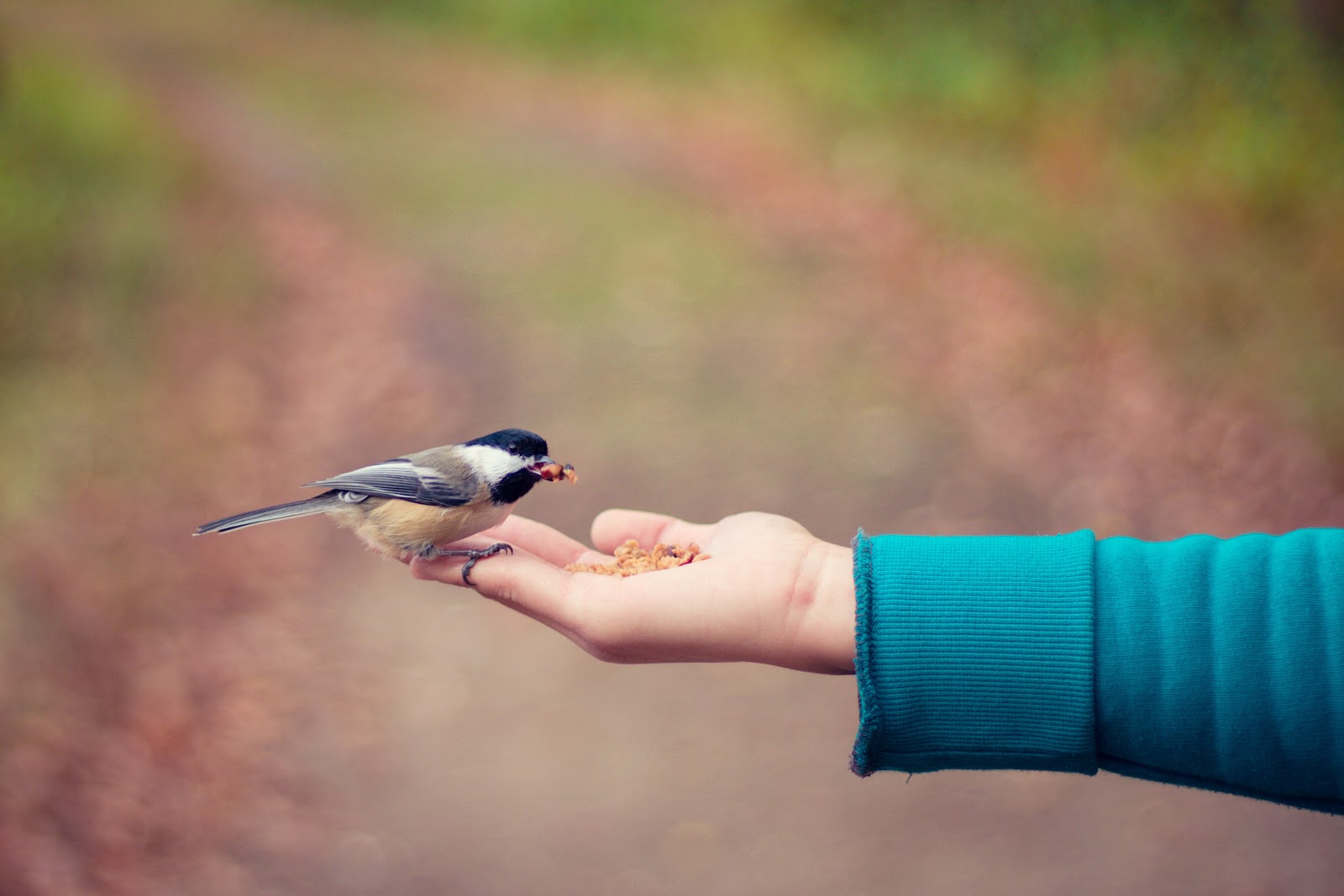
Parakeet food: check out the types of bird food
Fruits and vegetables for birds
They are great, but they must be provided with great care! They have fiber, but contain pesticides. If you prefer, opt for organic vegetables. Among the most recommended fruits are apple, banana, mango, papaya, peach and pear. Avocado not recommended because it is very fatty
Seeds for birds
Large animals love it! They have a high amount of fat and a low amount of calcium, they should be part of a balanced diet! They must be included along with food, fruits and vegetables.
Extruded Feed – Granulated (mix)
Processed foods that contain seeds offer nutrients and quick absorption, but birds need adaptation in the consumption process.
Pelletized feed
Pelletized feed is a food pressed at a lower temperature than extruded food, its acceptance is good, but the nutritional value is low.
To offer your bird a healthy diet, it is important to consult a veterinarian, only he will be able to identify the animal’s needs!
After all, how many years does a parakeet live?
It depends on the species, the care the animal receives and the way the bird is treated, whether it has any health problems or not.
- Australian Parakeet: from 5 to 10 years;
- Myiopsitta monk: from 15 to 20 years old;
- Budgie-green: up to 15 years.
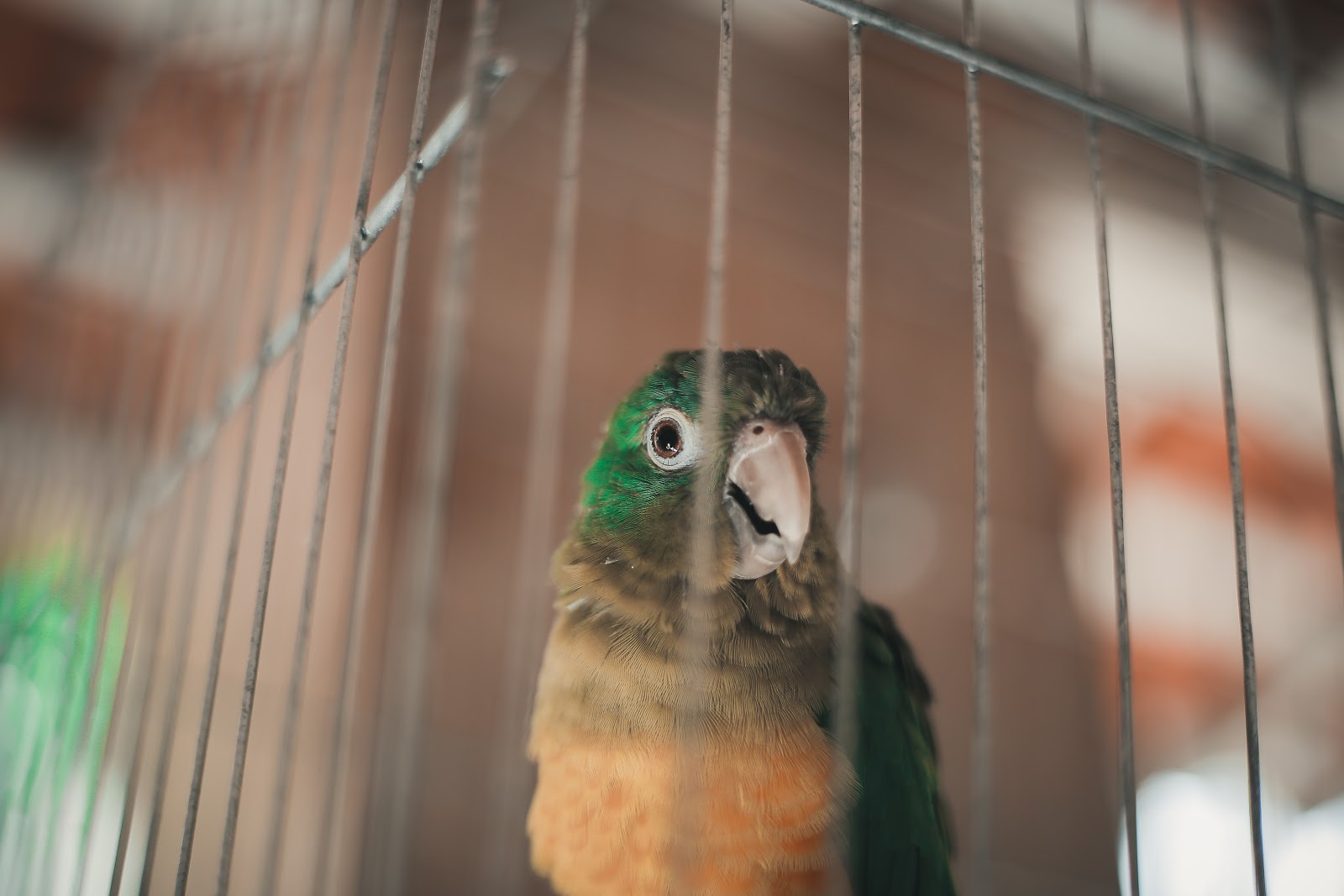
In any case, growing birds at home requires authorization from IBAMA! There are domestic birds, which can be raised in homes, and wild birds, which are not allowed to be raised at home.
In any case It is possible to talk to IBAMA’s Linha Verde, on 0800-618080, where they inform the suitability of the pet shop, legalized birds and other information.

Sign up for our newsletter and stay up to date with exclusive news
that can transform your routine!
Warning: Undefined array key "title" in /home/storelat/public_html/wp-content/plugins/link-whisper-premium/templates/frontend/related-posts.php on line 12
Warning: Undefined array key "title_tag" in /home/storelat/public_html/wp-content/plugins/link-whisper-premium/templates/frontend/related-posts.php on line 13

